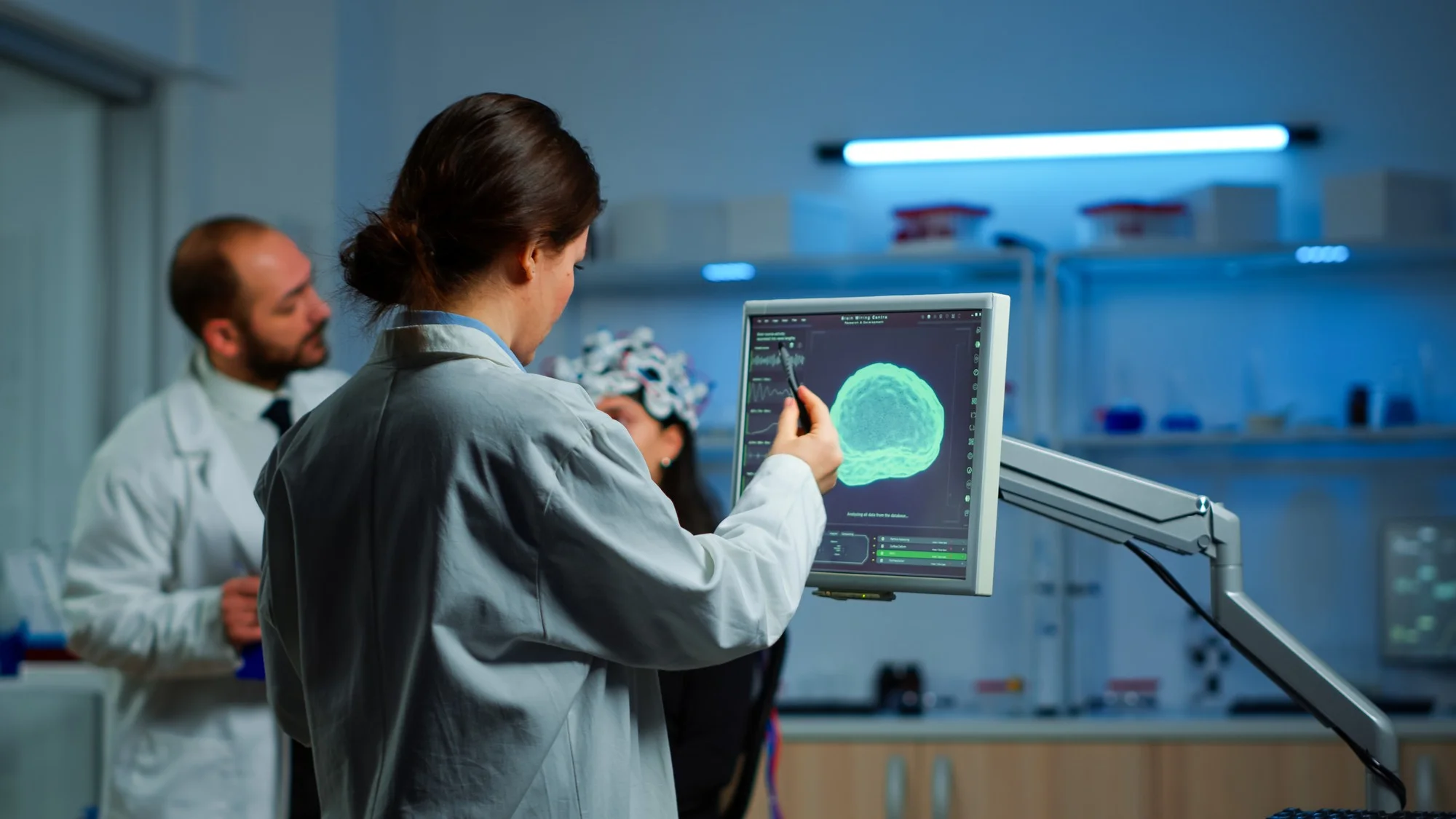Researchers at various institutions have made significant strides in understanding the complex landscape of brain macrophages, granting scientists fresh perspectives on the unique roles these cells play in maintaining brain health and their involvement in diseases. Published in Nature Neuroscience, the detailed study presents a single-cell atlas that categorizes distinct transcriptional identities of mouse brain macrophages, or border-associated macrophages (BAMs), as molded by their developmental origin and the specific tissue environments they inhabit.
Unveiling the Diversity of Brain Macrophages
While the functions of parenchymal microglia, a type of brain-resident immune cell, have been somewhat elucidated in the context of brain homeostasis and diseases, there remains a veil surrounding the other myeloid cells which coexist in the brain. Microglia are known to act as the brain’s primary immune defenders, often compared to waste collectors who clear out unwanted and harmful debris. But up until now, the heterogeneity and specific roles of BAMs, which take up residence in less-explored border regions such as the dura mater, subdural meninges, and choroid plexus, were not as well-defined.
Methodological Advances Leading to Comprehensive Insights
To tackle this disparity, a team of scientists, led by Hannah Van Hove and Kiavash Movahedi, employed a range of cutting-edge techniques. They combined single-cell RNA-sequencing with high-dimensional cytometry, bulk RNA-sequencing, as well as fate-mapping and advanced microscopy approaches. This allowed them to illustrate not only the diversity but also the developmental shifts in the distribution of these macrophages from postnatal development to complete maturation.
Transcriptional Signatures and Tissue-Specific Identities
Their research revealed that BAMs are not a monolithic group but consist of distinct subsets, each bearing unique tissue-specific transcriptional signatures. This suggests that the microenvironment within different regions of the brain profoundly influences the identity and function of these macrophages. These findings are crucial in acknowledging the specialization of immune cells within the brain’s architecture.
A Dance between Renewal and Repopulation
In an intriguing discovery, these macrophage subsets exhibited mixed origins (ontogeny), suggesting they arise from different precursor cells during early development. Moreover, upon depletion, subsets presented their own intrinsic self-renewal capacity, hinting at varying abilities to repopulate and maintain their populations in the tissue.
Regulatory Mechanisms and the Role of IRF8
Highlighting the significance of transcriptional regulation within these populations, the study pointed to the transcription factor IRF8 as a master regulator essential for the maturation and diversity of these brain macrophages. Genome network analysis and further conditional deletion experiments confirmed the pivotal role of IRF8 in driving the specialization of BAMs, demonstrating how certain genes can orchestrate the fate and functionality of these cells.
Implications for Neuroimmune Interactions and Disease
The comprehensive atlas serves as a fundamental framework for future research into host-macrophage interactions, not only under normal physiological conditions but also in the context of various brain disorders. The specificity of BAMs and their unique profiles suggest they could be key players in neuroinflammatory and neurodegenerative diseases, perhaps uncovering novel therapeutic targets for challenging conditions like Alzheimer’s and Parkinson’s disease.
Integrating the Findings into Broader Research Initiatives
This landmark study reflects a broader trend in biomedical research, which embraces high-throughput, single-cell technologies to unravel the complexities of cellular ecosystems. By classifying brain macrophages better, scientists can now query how these cells communicate and contribute to the brain’s response to injury, disease progression, and even potential recovery mechanisms.
Conclusion
The meticulous work undertaken by the research group presents a groundbreaking advance in our understanding of the brain’s immune system. It sets the stage for translational studies that could lead to improved diagnostic and treatment strategies tailored to the intricate nature of immune cell regulation in the brain.
The insights garnered from this study may serve as stepping stones towards precision medicine tools to address neurological conditions, reflecting the transformative power of contemporary neuroscience research.
DOI and References
DOI: 10.1038/s41593-019-0393-4
1. Van Hove, H. et al. “A single-cell atlas of mouse brain macrophages reveals unique transcriptional identities shaped by ontogeny and tissue environment.” Nature Neuroscience 22 (2019): 1021-1035. DOI: 10.1038/s41593-019-0393-4.
2. Prinz, M., & Priller, J. “Microglia and brain macrophages in the molecular age: from origin to neuropsychiatric disease.” Nat. Rev. Neurosci. 15, 300–312 (2014). DOI: 10.1038/nrn3722.
3. Goldmann, T., et al. “Origin, fate and dynamics of macrophages at central nervous system interfaces.” Nat. Immunol. 17, 797–805 (2016). DOI: 10.1038/ni.3423.
4. Ajami, B., et al. “Single-cell mass cytometry reveals distinct populations of brain myeloid cells in mouse neuroinflammation and neurodegeneration models.” Nat. Neurosci. 21, 541–551 (2018). DOI: 10.1038/s41593-018-0100-x.
5. Ginhoux, F., & Guilliams, M. “Tissue-resident macrophage ontogeny and homeostasis.” Immunity 44, 439–449 (2016). DOI: 10.1016/j.immuni.2016.02.024.
Keywords
1. Brain Macrophage Atlas
2. Single-cell RNA-sequencing
3. IRF8 brain macrophages
4. Neuroimmune cell identity
5. BAMs in neuroinflammation
